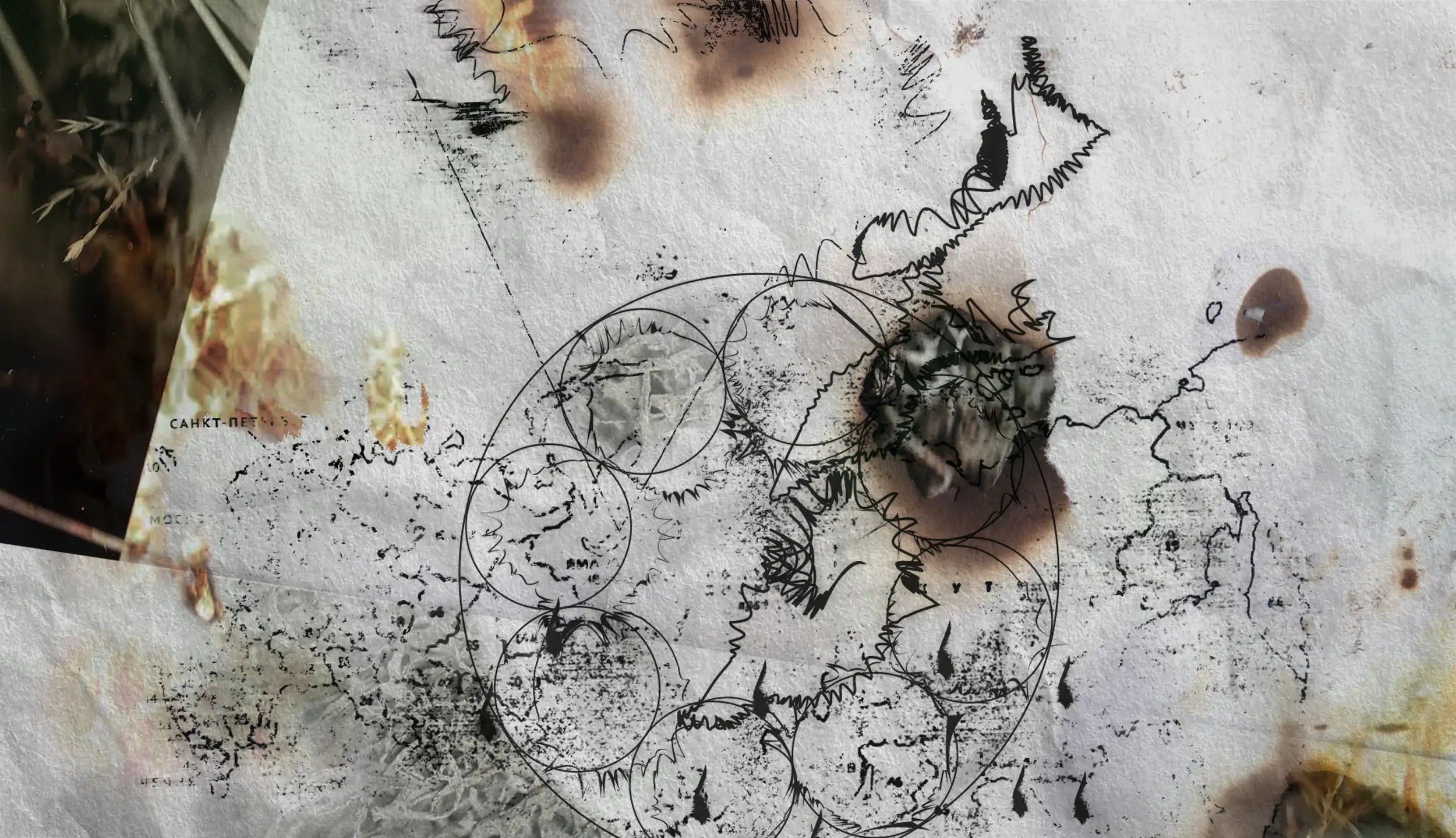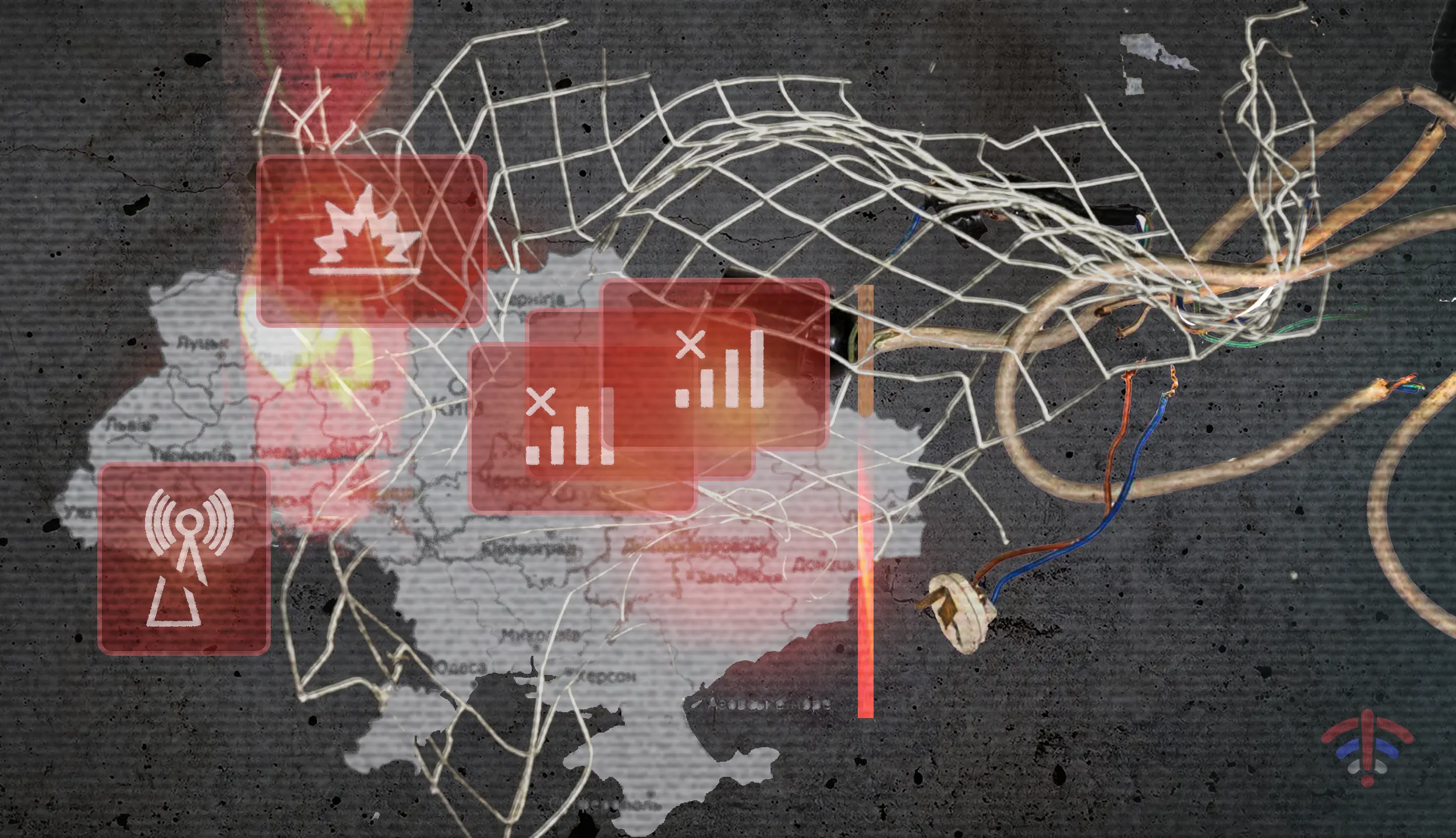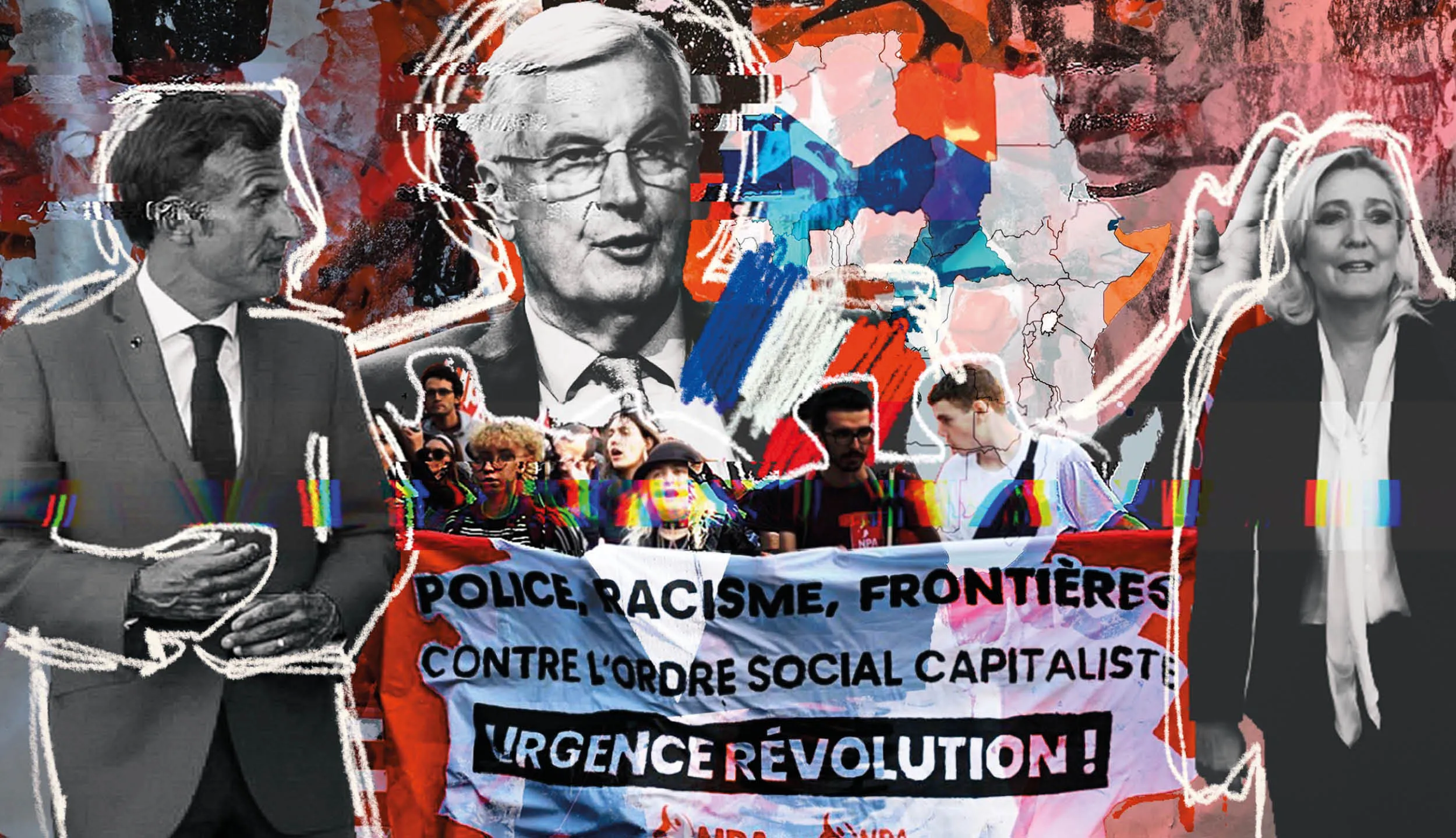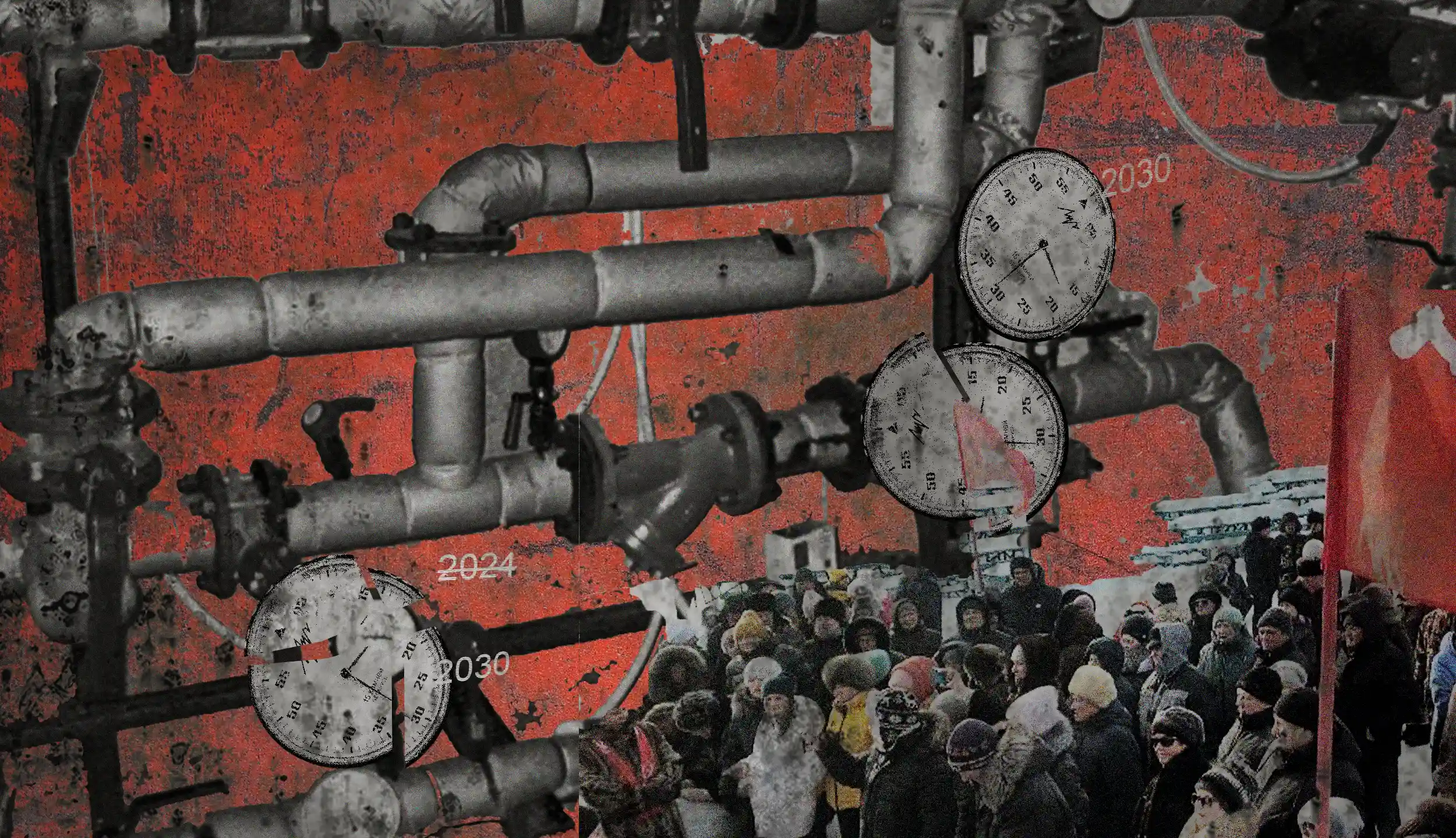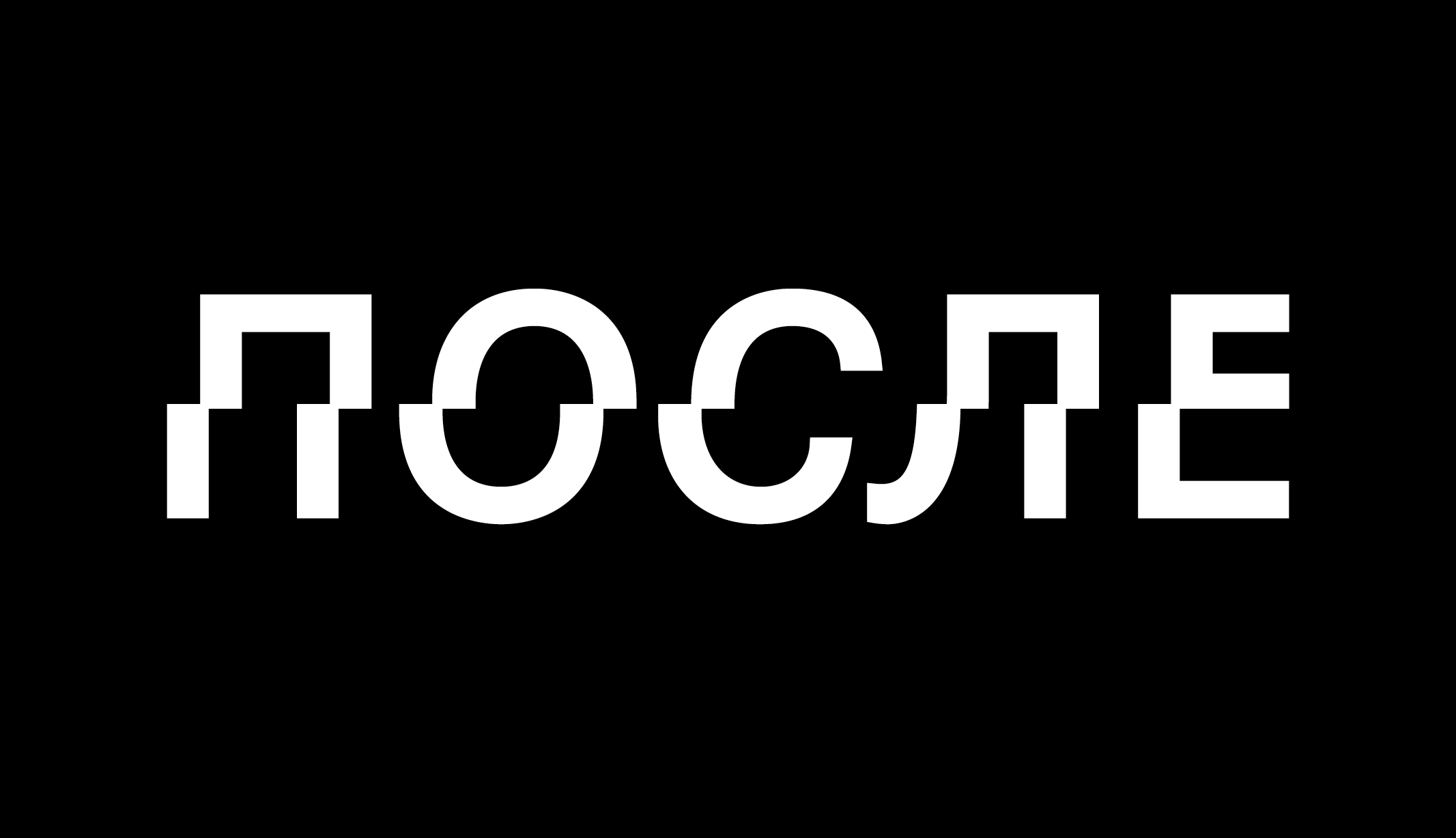How did we respond to the beginning of the full-scale invasion of Ukraine?
By the 24th of February 2022, opportunities for legal protest had virtually disappeared in Russia. Over the previous ten years, the authorities had gone to great lengths, employing both legislative and practical means, to ensure that people didn’t take to the streets. In fact, the screws had been tightening throughout the entirety of Putin’s reign, but it was in the aftermath of the 2011-2012 protests that this trend became particularly pronounced. These protests — initially against the falsification of the parliamentary elections and then against the existing system of power as a whole — remain to this day the largest protest actions in contemporary Russian history: back then, up to 100,000 people managed to take to the streets of Moscow. The last mass demonstration of that period -– the “March of Millions” — was held on the 6th of May, 2012, and was timed for the inauguration of Putin as the Russian president (for four years before that, this post had been occupied by Putin’s puppet Prime Minister Dmitrii Medvedev). On that day, the police and security forces (OMON) prevented the protestors from reaching Bolotnaya Square, where the rally was supposed to take place. This led to clashes between the demonstrators and the security forces. Afterwards, this episode escalated into the “Bolotnaya Square case” — a criminal case that led to the prosecution and imprisonment of over 30 people. After this event, the State Duma, under the control of the President’s administration, started introducing repressive policies, which restricted opportunities for legal protest and increased both the length of custodial sentences and the fines for participation in unauthorized demonstrations.
Then, just as it is now, anyone who wished to hold a rally or demonstration in Russia needed permission from the municipal authorities; otherwise, they risked being dispersed by the security forces. However, over the last few years, there has not been a single time when local authorities have allowed for a demonstration by the opposition. It is thus ridiculous to think that they may ever authorize an anti-war protest. Moreover, throughout this period, COVID-19 restrictions were still in place and were used by the people in power as an excuse to refuse to authorize any mass protest action. The authorities do their best to curb calls for unauthorized protests. As a result, public activists who incite people to take to the streets find themselves being rounded up at their homes and, thanks to the help from face recognition cameras, at other places as well. They are then detained under the charge of organizing an unauthorized rally. For a first offence, one faces up to 10 days under arrest. If one commits an offence for the second time, they face up to 30 days of imprisonment. It is also significant that these and similar administrative violations of “anti-protest” legislation can result in huge fines, up to 300,000 roubles (around €3000 today). Whereas some people are scared to be arrested, others fear these fines, since one would then be forced to give up on using bank cards (since the authorities can charge money from bank accounts) and it would be impossible for them to leave the country legally.
In Russia, an unauthorized demonstration always involves a large number of policemen and national guardsmen gathering together at the rally point. Usually, their job consists of detaining anyone who comes their way and escorting them to police vans. For this reason, it is clear that an unauthorized protest action can only succeed if it is truly massive. For example, in January 2021, after the arrest of Alexei Navalny, a popular opposition politician, almost 20,000 people took to the streets of Moscow. Thanks to the scale of it, the security forces couldn’t stop the protest action.
At the same time, even the most successful unauthorized protests in Russia do not look the way we’d like them to. You may have seen the footage of Russian protests that show demonstrators moving exclusively along sidewalks. Since blocking roadways can be considered a criminal offence in Russia—and we can find numerous examples of Russian authorities pursuing criminal cases against activists for such wrongdoings — people avoid doing that. Just in the course of the “palace case” (where protestors were detained for supporting Navalny after his arrest), at least 22 people were charged under Article 267 of the Criminal Code of the Russian Federation for “preventing the movement of vehicles and pedestrians on public routes and road networks.” For example, activist Gleb Maryasov was sentenced on this charge to a period of 10 months of imprisonment.
Out of fear of imprisonment, people do everything to avoid confrontations with the security forces. Indeed, as the experience of the last 12 years has shown, one can be charged with “violence against a representative of authority” for pushing them or throwing a water bottle or even a plastic cup at them. In such cases, activists have usually been sentenced to 2-3 years of imprisonment, but there have also been harsher sentences, up to 5 years. As a result, during the anti-war protests, we witness protestors running away from the police instead of marching in organized lines with other protestors.
A major role in this has been played by the rhetoric of the liberal opposition that revolves around the concept of a “peaceful” and “non-violent” protest. This rhetoric has severely undermined the potential for protest in circumstances when “peaceful” protest is impossible. The liberal opposition called people out to the street, but they never offered a plan for what to do next. Instead, whenever someone called for an escalation, they labelled these suggestions “provocations”.
I can give an example from my own experience. On the 23rd of January 2021, after Navalny’s arrest, his team called people to the streets for protest. By that time, there had not been any major demonstrations for over a year now, and many people were eager to respond to the call for protest. Although it was obvious that people were ready to take to the streets not so much for Navalny himself, as against the existing powers in general, some anarchists and leftists were sceptical about it. At that time, it was only 4 months since I had been released from the regime colony, and I was under administrative surveillance. Nevertheless, I decided to visit the demonstration as a bystander. The protest was joined by a truly impressive number of people — according to my estimation, there were around 20,000 people. And yet, people walked exclusively along the sidewalks and were expecting a more radical form of protest from “anarchists, communists, and nationalists” (these were the words I heard in the crowd). People didn’t share any programme or set of demands, and they were protesting without banners, flags or any kind of symbols.
Mass protest actions after the beginning of the full-scale invasion
Most Russians were not expecting the beginning of the full-scale invasion of Ukraine, which is why their demonstrations on the 24th of February were largely spontaneous in character. That day only a group of anarchists and antifascists managed to organize a small demonstration in Moscow, drawing on their experience of similar protest actions. According to eye-witnesses, around 700–800 people took part in the demonstration before they were quickly dispersed by the policemen and national guardsmen. At the same time, other cities witnessed spontaneous protest actions that were relatively large-scale and fairly successful. One could see impressive photos and videos of the protests from Novosibirsk, Yekaterinburg and St. Petersburg.
It seems that the next day, on the 25th of February, the mass protests continued only in St. Petersburg. Indeed, its citizens spent many subsequent days protesting against the war.
The Youth Democratic Movement “Vesna” (“Spring”) — a small-scale liberal youth movement — announced an all-Russian protest for the 27th of February. However, powerful opposition media and opinion leaders did not support it. As a consequence, the demonstration on the 27th of February was joined by relatively few people, who were unable to gather in one place due to counteractions from the police and national guards. In my view, it was a shameful day that marked the end of mass anti-war protests in Russia. All around the center of Moscow hundreds of people were running away from a few policemen. That day showed that it is impossible to organize mass street protests in the current circumstances. At least, that was what I saw in Moscow, where previous protests had usually been massive.
Some could say that the protest in St. Petersburg was better organized and more inspiring. However, at the beginning of March, the security forces conducted mass searches on those activists who took part in demonstrations and who could have been in charge of organizing further protests. Some activists faced intimidating threats, and others were charged with absurd criminal cases and detained in temporary isolation facilities for a couple of days when the protest was due to take place.
As a result, the protests that followed on the 6th, the 8th and the 13th of March were smaller in scale and disappointing. The mass anti-war protests had ended before they could even start.
Arson attacks on military enlistment offices
Nevertheless, from the very first days of the full-scale invasion, some people were ready for a more radical action.
On the 28th of February 2022, four days after the beginning of the full-blown war, 21-year-old Kirill Butylin threw Molotov cocktails at the military enlistment office in the Moscow suburb of Lukhovitsy. Kirill recorded this on camera and published it online along with an anti-war manifesto. In the accompanying text, he explained that he had painted the gates of the military enlistment office in the colours of the Ukrainian flag and had written on them, “I will not go to kill my brothers!” After this, he climbed over the fence, poured petrol over the façade of the building, broke some windows and threw Molotov cocktails through them. Kirill Butylin aimed to destroy the records of individual conscripts, which according to his sources were kept there. He believed that this would hinder mobilization in the neighborhood. Kirill also declared in his manifesto, “I hope that I will not see my classmates held captive or listed among casualties. I think that this approach needs to be propagated. Ukrainians will know that there are people in Russia standing up for them, that not everyone is afraid, and that not everyone is indifferent. Our protestors need to take courage and act more decisively. This should break the morale of the Russian army and government even further.” Unfortunately, Krill Butylin was arrested. A year later, he pleaded guilty to a charge of committing an “act of terrorism” and was sentenced to 13 years of imprisonment.
On the 3rd of March, a military enlistment office was set on fire in Voronezh. The security services reported that a 45-year-old man was arrested, but even today no one knows the details of this story.
On the 11th of March, a military enlistment office was set on fire in a suburb of Yekaterinburg. A police patrol arrested the arsonist, who turned out to be 24-year-old local anarchist Aleksei Rozhkov. He is now charged with committing an “act of terrorism”, “justification of terrorism” and spreading “fakes” about the Russian army.
These examples are only the first few instances of partisan action. Throughout the entirety of 2022, Russian insurgents committed no fewer than 78 anti-war arson attacks. Among them, 55 were attacks on military enlistment offices and recruiting stations. The rest were on the FSB, National Guard Forces, and police headquarters, as well as on the buildings of local governments.
Usually, these arson attacks are carried out by individuals acting without anyone’s help. In terms of political views, anyone from an anarchist to a neo-Nazi can become an insurgent. However, in most cases, these people share relatively liberal-democratic views and often support Navalny. They explain that the reason why they choose this form of protest is that no alternatives are available.
Before the mobilization was announced on the 21st of September 2022 — an event that meant that the war now affected the entire adult male population in Russia — most political forces distanced themselves from supporting radical protest action. Liberal media continued to insist on the idea of a “peaceful” protest. It was mainly anarchist and nationalist organizations that openly expressed their support for the arsonists.
After the mobilization was announced on the 21st of September, the situation changed in a fundamental way. Nearly every liberal media started to call for arson attacks: “Burn down the military enlistment offices!” Nevertheless, they did not offer any real support not only to the insurgents taking action but even to those protestors who found themselves imprisoned for their anti-war arson attacks. To this day, the only initiative supporting these arrested partisans has been the Solidarity Zone collective, organized by anti-authoritarian activists. Recently, the Avtozak LIVE initiative has also started to support such political prisoners.
Anti-war railway sabotage
Along with arson attacks on military enlistment offices, there emerged another form of partisan action, namely railway sabotage. It is well known that military equipment, supplies and future soldiers mostly travel to the front by trains. Therefore, it seems logical that in order to resist the Russian army, one ought to sabotage this supply line. As it happens, the first such protest action was carried out by local activists in Belarus, as the Russian army is also supplied through its territory.
We know less about railway sabotage than about other forms of protest. If someone blew up a train route or simply dismantled a section of the railway somewhere in the forest, it would be unlikely to be widely known unless the partisans themselves publicized it. However, occasionally we can see photos and videos of partisan action online. For instance, the Anarcho-Communist Combat Organization published a photo of a dismantled rail track and broken railway near the 51st Arsenal of the Main Missile and Artillery Directorate of the Ministry of Defence of the Russian Federation in Vladimir Oblast’.
In 2023, the number of instances of railway sabotage surpassed the number of arson attacks on military enlistment offices. However, the most popular form of sabotage was arson as well: partisans were setting fire to electromechanical devices along railways, causing traffic to stop for a few hours or even days. In 2023, a few large-scale railway explosions and freight train derailments were organized as well. For example, anarchist Ruslan Siddiqui blew up the railway in Ryazan Oblast’ when a freight train was passing there. It resulted in the derailment of 19 train cars and for a long period put a stop to traffic along that branch of the railway. Unfortunately, Ruslan was arrested.
What now?
Relying on publicly available sources of information, Solidarity Zone discovered that before September 2023 (i.e., in the first 19 months of the full-scale invasion) there had been 310 cases of anti-war partisan actions in Russia and on the occupied territories. Of these, 128 cases were arson attacks on military enlistment offices and other governmental facilities, 111 cases included railway sabotage, and 18 cases were sabotage at industrial sites.
To add to this, according to the calculations by Solidarity Zone, out of more than 400 partisans, 156 people were arrested, the fates of 176 are unknown, and no fewer than 37 participants in the resistance have avoided arrest.
As of January 2024, different forms of partisan action continue to be carried out all around Russia by individuals and small groups of people. The authorities conduct house searches and arrest people, frequently torturing the detainees. They also introduce new repressive policies (for example, in late 2022 a series of “anti-sabotage” amendments were introduced that entailed a life sentence for sabotage and for assisting it). Yet, the security forces fail to find all the partisans. For example, despite the chaotic searches across different regions, security officers have not managed to arrest any of the members of the Anarcho-Communist Combat Organization. It seems that those partisans, who organize acts of railway sabotage, frequently manage to avoid arrest as well. To those insurgents who have been arrested, the human rights initiative Solidarity Zone aims to provide support.
The original version of this text has been prepared by Solidarity Zone activists as a pamphlet for free distribution. Activists can be contacted here.

